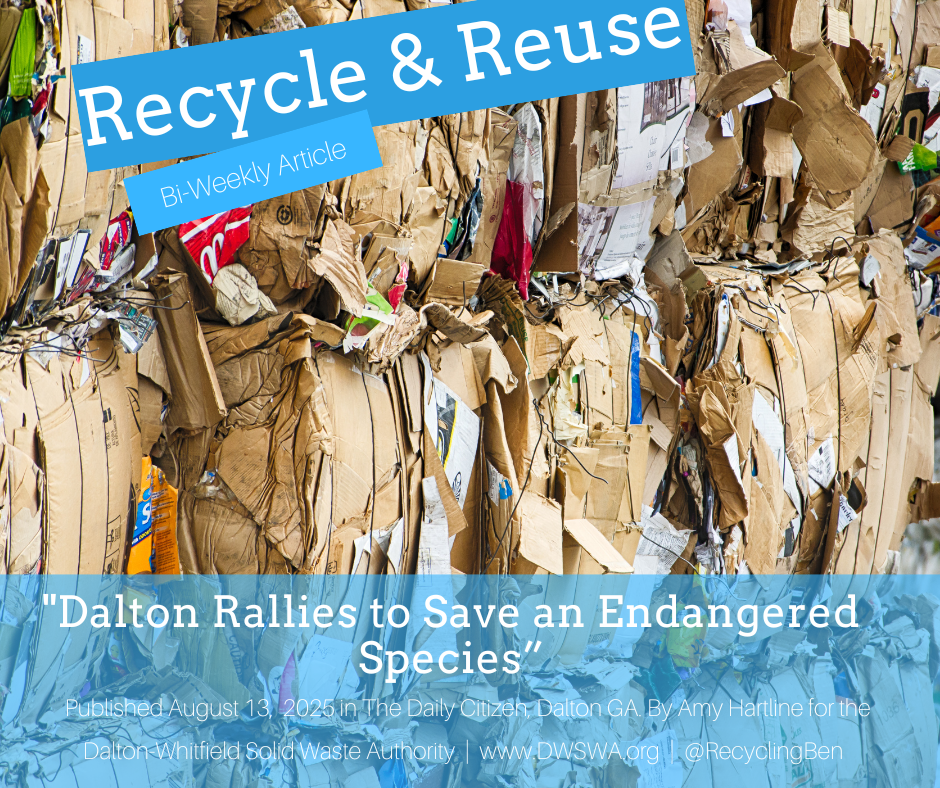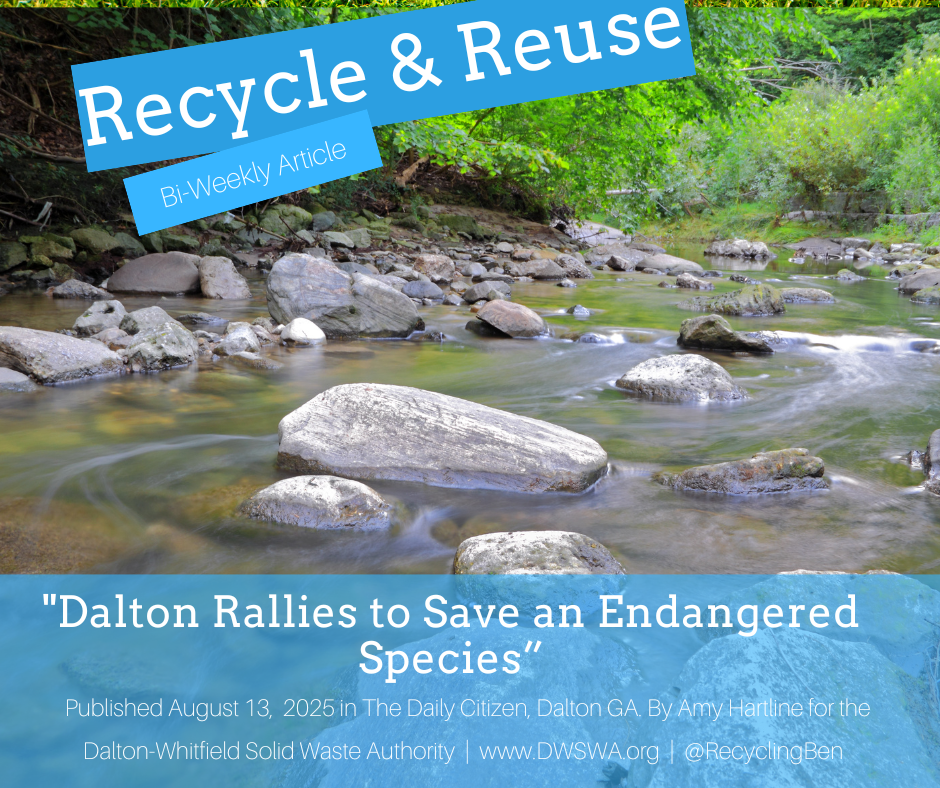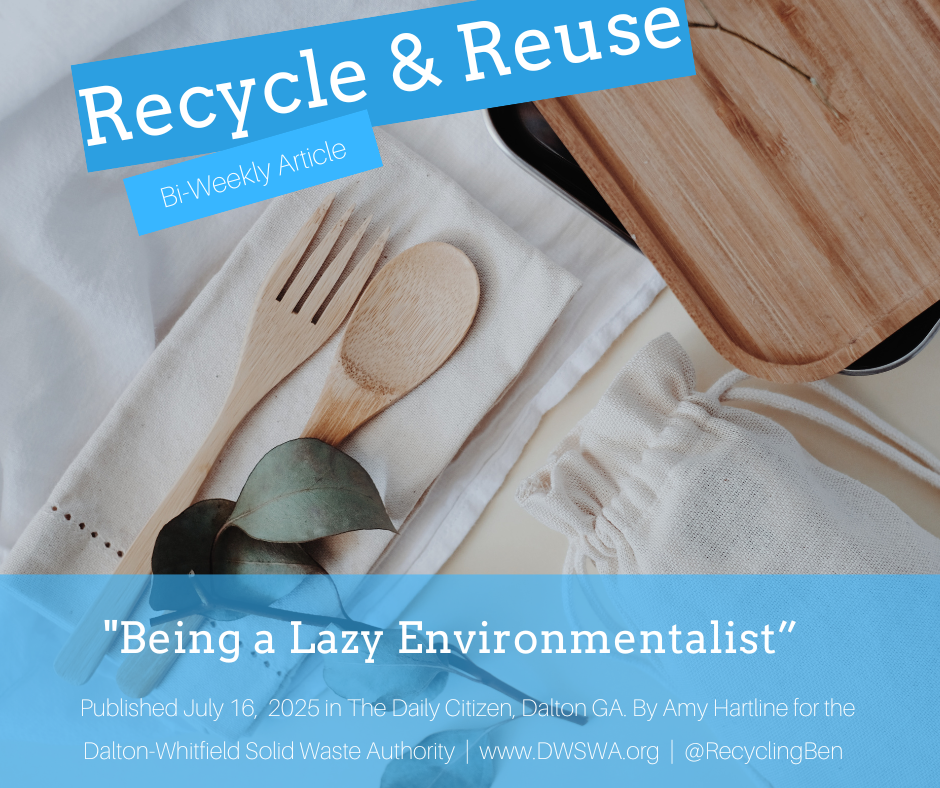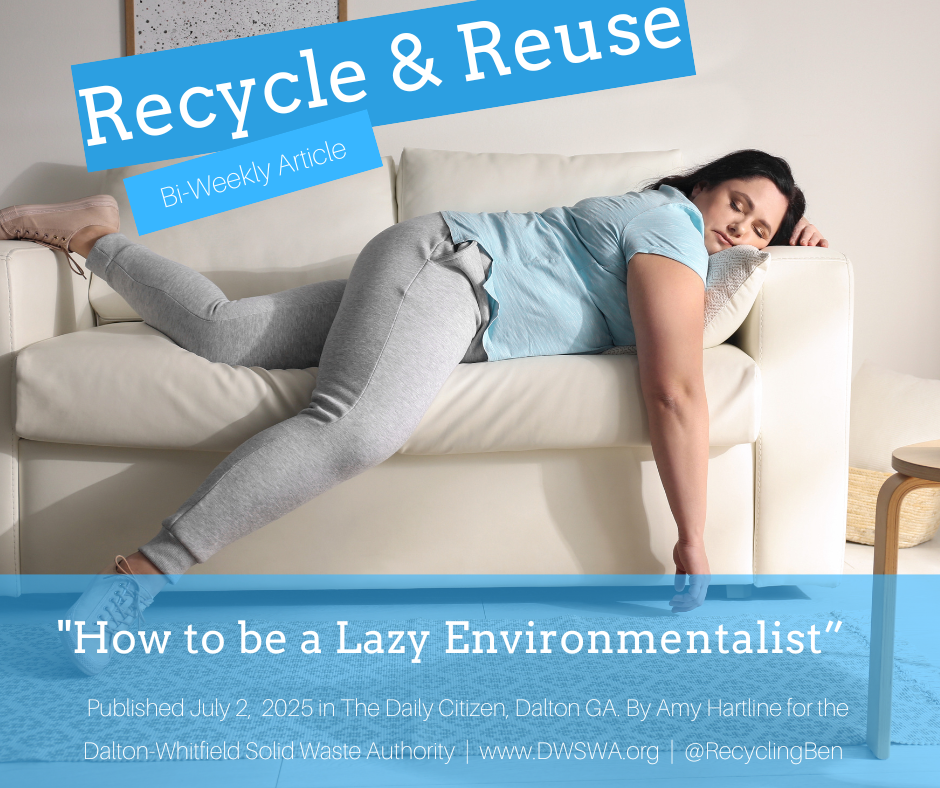Glass Bottle Recycling: Behind the Scenes
/Finished glass cullet falls from a conveyor belt after passing through a stringent filtration process at a recycling facility. The cullet will be sent to manufacturers to make new products with recycled content such as food grade glass bottles and jars.
If you purchased wine, beer, mineral water, jelly, pickles, or spaghetti sauce this week it was most likely packaged in a glass bottle or jar. Glass is a material that is 100% recyclable without loss of strength or quality. It’s also an ideal material for food packaging since it preserves and presents the flavor as intended. According to Owens-Illinois (www.o-i.com) “Glass is the most neutral and natural of packaging materials.” It’s also non-toxic and inert making it safe for the environment.
According to the ISRI (Institute of Scrap Recycling Industries, Inc., www.ISRI.org) Scrap Yearbook for 2016, “Glass is made from readily available domestic materials, such as sand, soda ash, limestone, and ‘cullet,’ the industry term for furnace-ready scrap glass.” While glass is recyclable, not all glass containers are being recycled. The U.S. Environmental Protection Agency reports that in 2013 about 34% percent of all glass containers were recycled, so there’s lots of room to improve.
Glass bottles and jars are collected for recycling in Whitfield County at four Convenience Centers, and in the City of Dalton thru the Curbside Recycling program. When there are enough glass containers to make a dump truck load they are sent to Strategic Materials in Atlanta for recycling. Earlier this week I had the privilege of visiting the recycling processing facility that recycles the glass containers collected in our community for a behind the scenes look at the glass recycling process.
Glass containers are dropped off at an outdoor bunker with other containers of the same color. For example, clear bottles are bundled together, while brown and red bottles are stored in the amber category. Containers are then sent through a cleaning system made up of filtration screens to remove non-glass items like metal lids, corks, plastic, and trash. Later the glass is broken into smaller pieces. The final size depends on how the recycled glass will be used by manufacturers.
At the moment amber glass cullet sourced from our local recycling program is used to make new beer bottles. The clear glass is sent to be manufactured into hot sauce bottles and other food grade bottles. Green glass is ground into a finer powder form and is sent to manufacturers of fiberglass insulation. Georgia manufacturers of insulation use anywhere from 20 to 40% recycled glass in their products. Blue glass is sometimes used to make new countertops or landscaping materials. Overall 90% of bottles and jars are used to make new bottles and jars.
According to the ISRI report, “For every ton of glass recycled, more than a ton of raw materials are saved, including 1,300 pounds of sand, 410 pounds of soda ash, 380 pounds of limestone, and 160 pounds of feldspar.” In the U.S., glass bottles and jars tend to contain an average of 40% recycled glass or cullet. Some companies are able to make containers with 95% recycled glass! However, the amount of recycled content in a product is limited by how much we are recycling in the first place.
In our community bottles and jars accepted for recycling are food grade containers that you would typically find in a grocery store. These can be clear, brown, green, blue, or red. It’s ok to leave the labels and lids on the containers. Not accepted in the glass recycling program are windows, bakeware, measuring cups (such as Pyrex), glass drinking cups, porcelain, or ceramics.
Before dropping off your bottles and jars for recycling be sure to empty them out and remove any food residue. It’s ok to leave the labels and lids on the containers. For the safety of the recycling collectors please refrain from putting broken glass bottles and jars in your recycling bin. With all the benefits resulting from recycling glass, there’s no reason to not recycle.
































